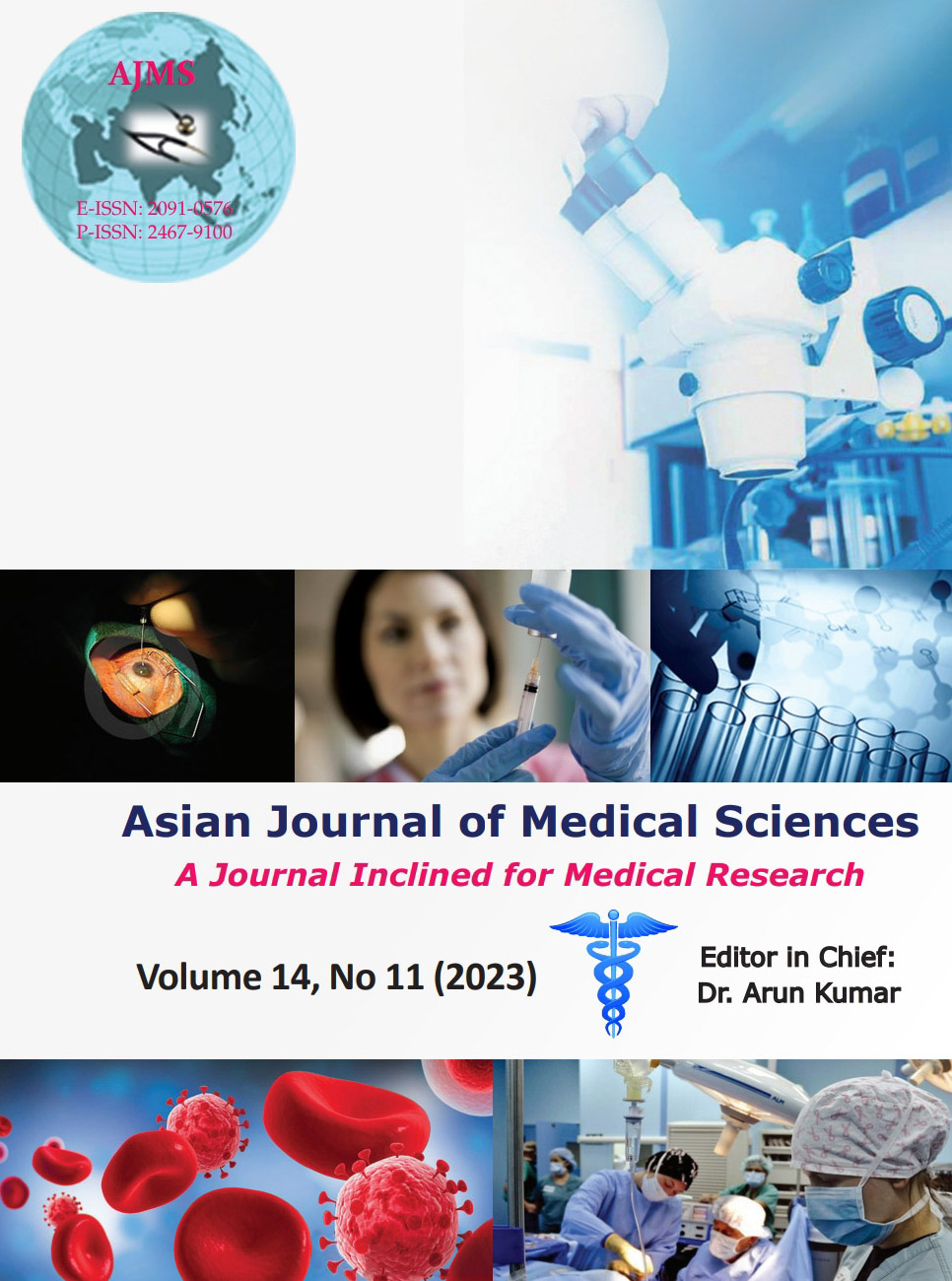Differences in the microanatomy of skin of sole and palm in humans
Keywords:
Palm; Sole; Rete pegs; Dermal papillaeAbstract
Background: The prevalence of skin diseases has increased over the last few decades and they contribute to a significant burden on the health-care systems all across the world. In some forms of reconstructive or plastic surgery, palm skin has successfully been replaced with sole skin, removed to form a full-thickness graft that covered almost the entire palm of the hand without impairing the weight-bearing areas of the feet or encumbering the gait. In cases such as these, the skin of the palm and sole is preferred for grafts.
Aims and Objectives: The study was conducted to learn the microanatomy of palm and sole.
Materials and Methods: The present observational study was carried out in the Department of Anatomy, King George Medical University, Lucknow, from the period of September 2017 to August 2018. Ethical clearance was obtained from Institutional Ethics Committee (Ref. code:63/Ethics/R-Cell-18). For the present study, skin was procured from the palm and sole of six freshly embalmed human cadavers (three males and three females). The mean age of the cadavers was 67 years. Tissues were preserved in 10% of formaldehyde for 48 h, fixed, Stained in H and E, and observed under light microscope.
Results: The study showed that the thickness of epidermis and ratio of epidermis to stratum corneum (Edp: sc) of the sole are greater than palm, dermoepidermal junctions were more in sole. Thickness of dermis both papillary and reticular dermis was more in sole than palm.
Conclusion: The values of thickness of skin of palm and sole region provide data for plastic surgeons to plan cosmetic surgeries.
Downloads
Downloads
Published
How to Cite
Issue
Section
License
Copyright (c) 2023 Asian Journal of Medical Sciences

This work is licensed under a Creative Commons Attribution-NonCommercial 4.0 International License.
Authors who publish with this journal agree to the following terms:
- The journal holds copyright and publishes the work under a Creative Commons CC-BY-NC license that permits use, distribution and reprduction in any medium, provided the original work is properly cited and is not used for commercial purposes. The journal should be recognised as the original publisher of this work.
- Authors are able to enter into separate, additional contractual arrangements for the non-exclusive distribution of the journal's published version of the work (e.g., post it to an institutional repository or publish it in a book), with an acknowledgement of its initial publication in this journal.
- Authors are permitted and encouraged to post their work online (e.g., in institutional repositories or on their website) prior to and during the submission process, as it can lead to productive exchanges, as well as earlier and greater citation of published work (See The Effect of Open Access).




